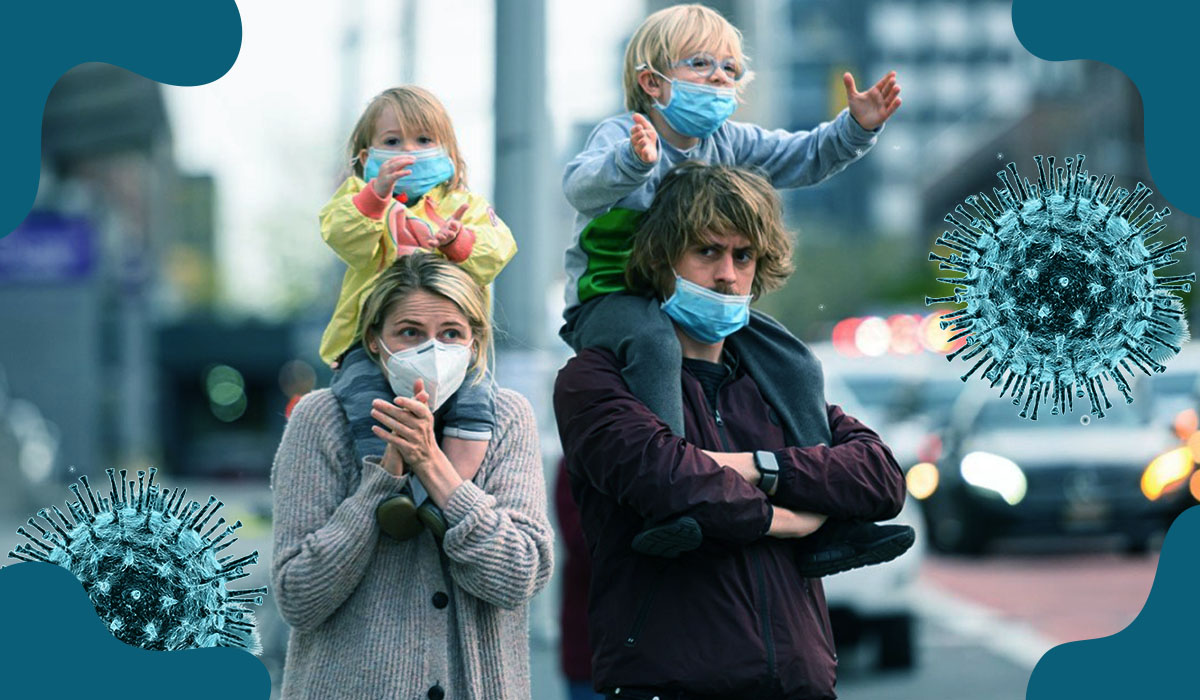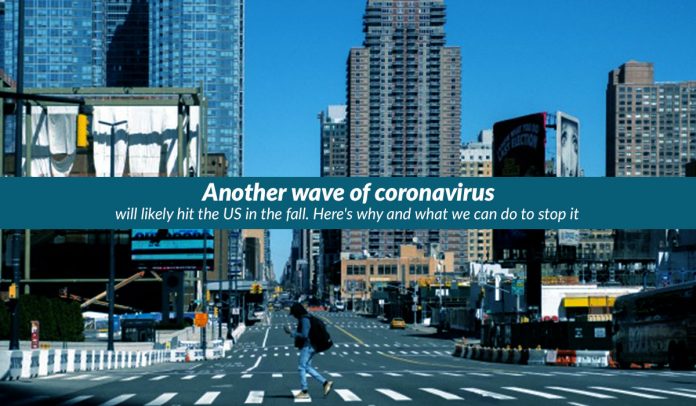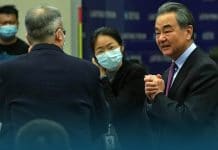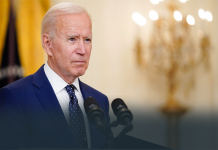The novel coronavirus outbreak may slow down in several parts of the United States because of the federal government’s social distancing efforts but avoid to plan gatherings or start going office. Experts warn that virus will not vanish completely, and it may come again anytime. The second wave of COVID-19 may hit this winter, Dr. Anthony Fauci, top infectious disease expert said. The risk may increase because people across the country are increasingly trying to restart regular life, and some states relax or lift stay-at-home orders.
A second round of Covid-19 cases is “inevitable” come fall, the nation’s top infectious disease doctor said, as people increasingly try to resume regular life and more states ease or lift their stay-at-home orders.https://t.co/TVXyFxeijF
— KSL (@KSLcom) May 3, 2020
Fauci adds that he is so sure that the virus will come back because it is so transmissible, and it spread globally, which increases the second round of the virus. If the country does not get ready for it, Americans will be in for a bad winter coming ahead. Here below, we will discuss the prospect of a second round of the coronavirus and the reasoning behind it.
Why the risk of the second wave in winter?
There are several reasons for the pandemic that remain mysterious for scientists, but previous viruses are giving some clues. According to the United States Centers for Disease Control and Prevention, people generally infected from four common coronaviruses that initially identified in the mid-1960s. And all those tend to gain peak in the winters.
A professor of infectious disease and medicine at the Mayo Clinic, Dr. Greg Poland, said that the COVID-19 possibly to follow the same pattern. If that happens, a 2nd wave of the coronavirus will come just at the start of the flu season. The flu is a continuous threat for the U.S. nationals and devasting in recent years.

The Centers for Disease Control and Prevention (CDC) forecasts that there were at least thirty-nine million cases of the flu in the United States and around twenty-four thousand deaths during the 2019-20 winter season. The director of Vaccine Research Group at Mayo Clinic, Poland, says that the combination of the second round of the novel coronavirus with the flu season may create huge confusion because of their connection in symptoms and may put a massive strain on the U.S. health care system.
The U.S past history of experiencing second waves of pandemics
COVID-19 would not be the first pandemic to come back in force. In 2009, the United States experienced a deadly wave of cases of the swine flu (H1N1 influenza virus) in the spring. A few months later, the country faced the second wave in the fall and winter. Poland says, usually, not always the second wave of any pandemic is worse, adding that the COVID-19 epidemic spread in the country well into the flu season.
The second example is the influenza pandemic of 1918 that killed around fifty million people across the world and approximately 6,75,000 Americans. At that time, there was the first mild spring wave in the United States, but a deadly second wave hit the nation in September. According to statistics, the experts estimate that the COVID-19 is possibly to keep spreading for at least another eighteen months.
According to the report by the Center for Infectious Disease Research & Policy at the University of Minnesota, there are many potential scenarios for the course of the epidemic, but the lethal of them is the second wave of infections such as the influenza pandemic of 1918. The CIDRAP director, Mike Osterholm, says that this pandemic is not going to stop until it infects sixty to seventy percent of people.
The impression that the virus will be going to vanish soon defies microbiology. Osterholm coauthored a report of CIDRAP released on Thursday that suggested the United States prepare for a worst-case scenario that may include a second big wave of the COVID-19 infections in the fall and winter.
What will do in advance for the second wave of the pandemic?
Health experts all around the world predict that the coming months might be the best time to get ready for the possible second wave of the coronavirus. Hospitals, clinics, and healthcare centers should refill their stocks of personal protective equipment for health staff and testing supplies. People should try to even they are healthy to wear face masks for the time being and keep gatherings to nor over ten people.
Poland said that as several cities open, local administration must make strategies to instantly re-release stay-at-home orders or other strict social distancing guidelines in the future if needed. Infectious disease diseases division and the chief of the geographic medicine at Tufts University Medical Center said that the health officials of the United States must continue emphasizing on expanding the COVID-19 testing, contact tracing of infected persons and treatment.
Boucher says that they hope they will have more tools in their toolbox, maybe will have some treatments for coronavirus by then, perhaps they will have better diagnostics. The administration of Trump projected a vaccine is twelve to eighteen months away; however, some experts in the field say that timeline could too fast. Boucher says that getting better the way health workers handle the pandemic will be crucial, so the nation gets ready when it’s time to face the second wave of the epidemic of both the COVID-19 and flu.
Whereas several experts believe that people who recover from the coronavirus will have some sort of strong immunity, Poland says that it is not clear how strong that immunity may be and how long it last as well as the accuracy of antibody tests of these patients is varying. Poland adds that they are placing lots of hope on that, but they do not have precise answers yet.
US Food and Drug Administration approved drug remdesivir for COVID-19 treatment
On Friday, the United States Food & Drug Administration (FDA) approved the experimental drug remdesivir to treat the patients of a novel coronavirus in severe condition. According to the government-backed study, the drug, that is the first official treatment for this pandemic far from a cure. But patients who took remdesivir as a treatment recovered faster than other patients. The principal investigator behind the clinical trial, Dr. Andre Kalil, said that they need to work more. They are looking for other effective and quick therapies, and this trial is going to continue.
Read Also: Heartburn drug testing as treatment for Coronavirus in NY








